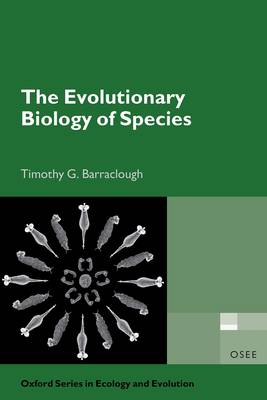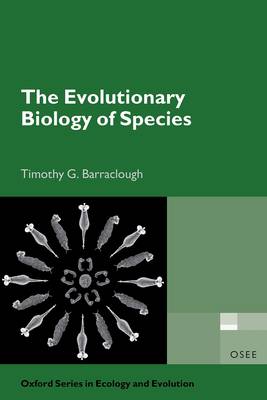
Bedankt voor het vertrouwen het afgelopen jaar! Om jou te bedanken bieden we GRATIS verzending (in België) aan op alles gedurende de hele maand januari.
- Afhalen na 1 uur in een winkel met voorraad
- Gratis thuislevering in België vanaf € 30
- Ruim aanbod met 7 miljoen producten
Bedankt voor het vertrouwen het afgelopen jaar! Om jou te bedanken bieden we GRATIS verzending (in België) aan op alles gedurende de hele maand januari.
- Afhalen na 1 uur in een winkel met voorraad
- Gratis thuislevering in België vanaf € 30
- Ruim aanbod met 7 miljoen producten
Zoeken
Omschrijving
'Species' are central to understanding the origin and dynamics of biological diversity; explaining why lineages split into multiple distinct species is one of the main goals of evolutionary biology. However the existence of species is often taken for granted, and precisely what is meant by species and whether they really exist as a pattern of nature has rarely been modelled or critically tested. This novel book presents a synthetic overview of the evolutionary biology of species, describing what species are, how they form, the consequences of species boundaries and diversity for evolution, and patterns of species accumulation over time. The central thesis is that species represent more than just a unit of taxonomy; they are a model of how diversity is structured as well as how groups of related organisms evolve. The author adopts an intentionally broad approach, stepping back from the details to consider what species constitute, both theoretically and empirically, and how we detect them, drawing on a wealth of examples from microbes to multicellular organisms.
Specificaties
Betrokkenen
- Auteur(s):
- Uitgeverij:
Inhoud
- Aantal bladzijden:
- 284
- Taal:
- Engels
- Reeks:
Eigenschappen
- Productcode (EAN):
- 9780198749752
- Verschijningsdatum:
- 11/09/2019
- Uitvoering:
- Paperback
- Formaat:
- Trade paperback (VS)
- Afmetingen:
- 155 mm x 231 mm
- Gewicht:
- 498 g

Alleen bij Standaard Boekhandel
+ 138 punten op je klantenkaart van Standaard Boekhandel
Beoordelingen
We publiceren alleen reviews die voldoen aan de voorwaarden voor reviews. Bekijk onze voorwaarden voor reviews.









